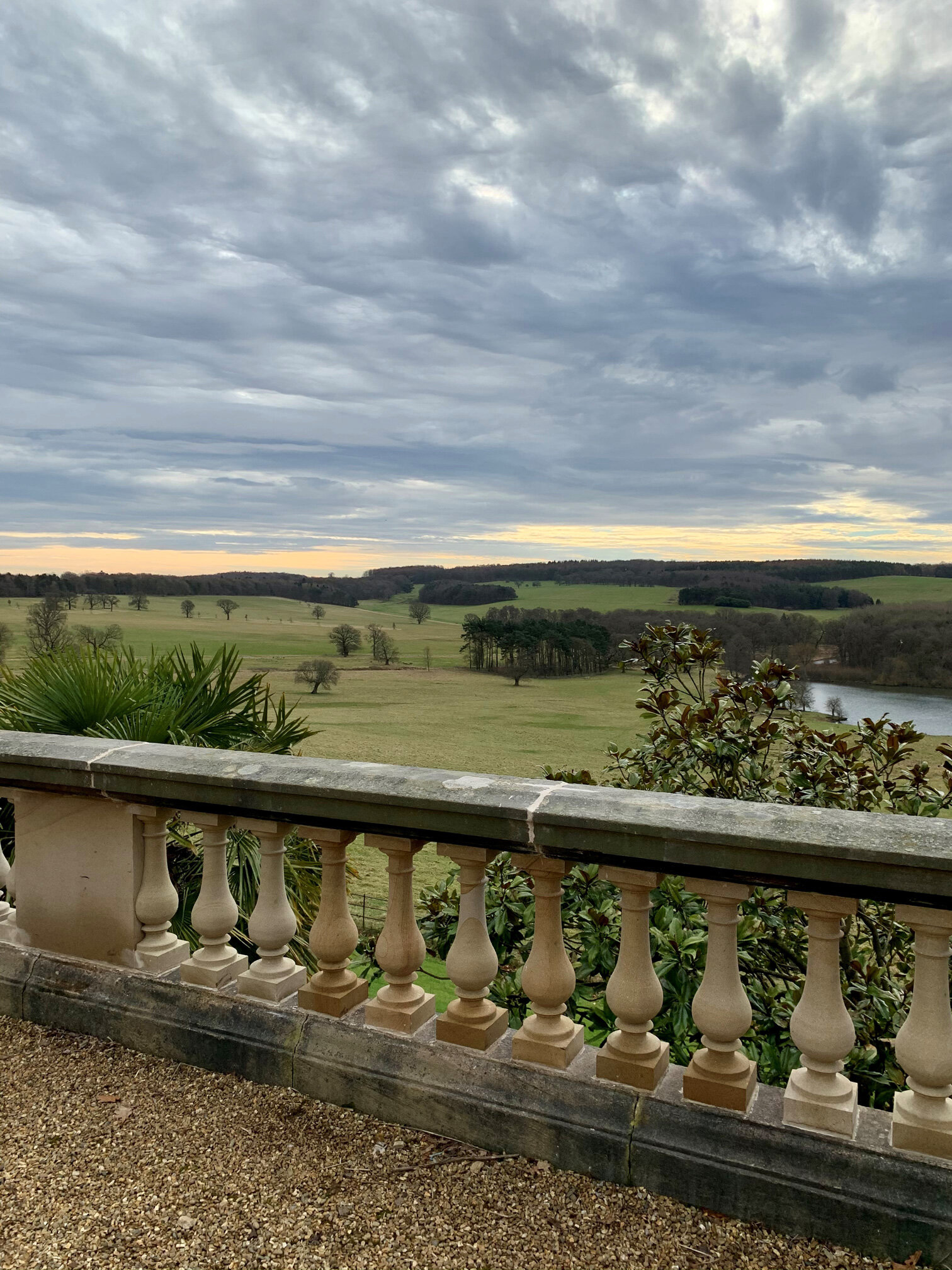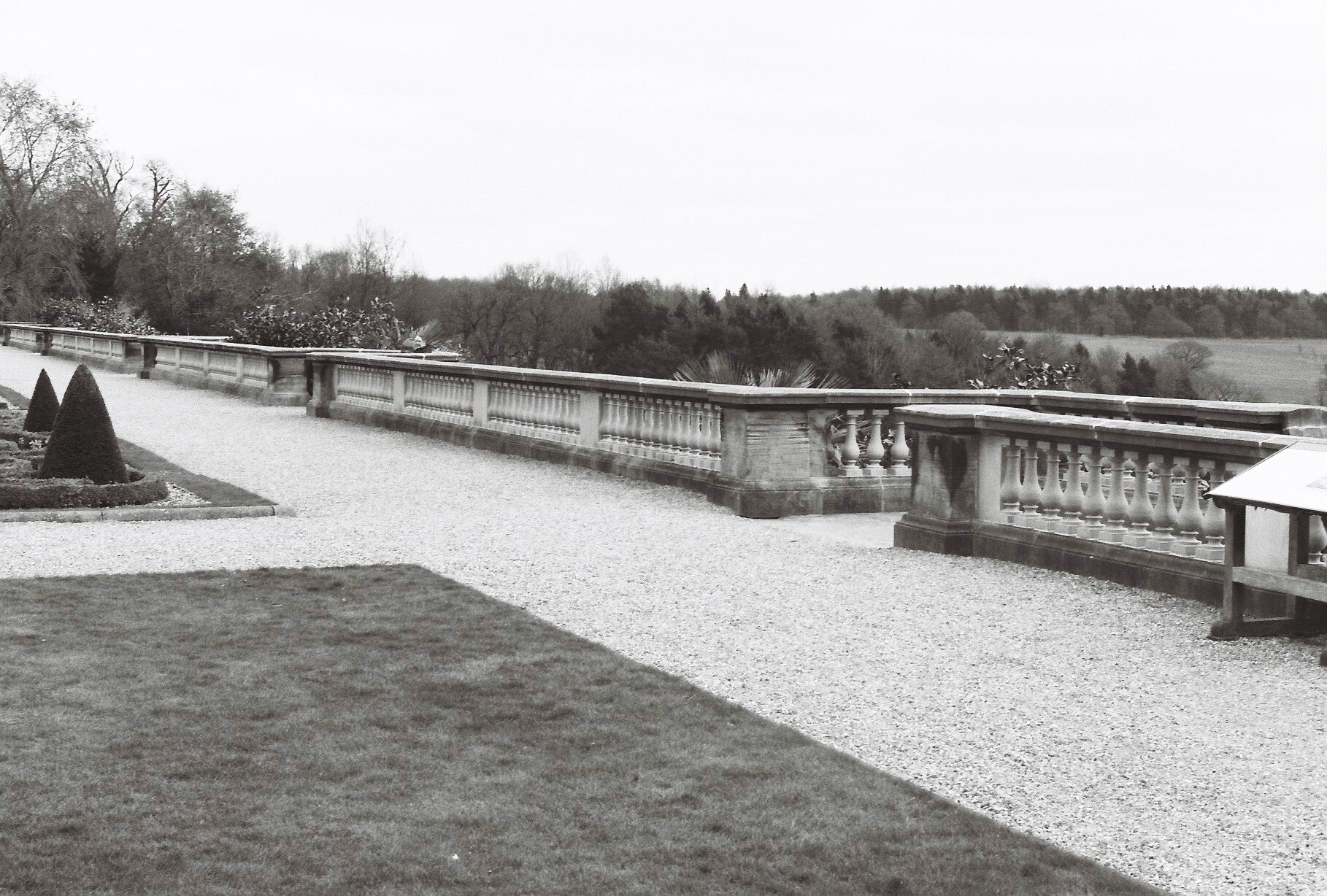Photograph of the weathered stonework before restoration.
Work to restore the balustrade in the magnificent Terrace Garden at Harewood House, designed by the renowned Victorian architect Sir Charles Barry, has been completed; ready for the welcoming back of guests to the grounds and gardens this spring.
Pearce Bottomley Architects were appointed as conservation specialists in a consultancy role aiding the project architects, Think Architects, by providing specialist advice and recommendations. The purpose of the works was to ensure that any loose or decayed stonework was repaired so that visitors could safely enjoy the grounds and views across the landscape. The project also involved repairs to the brick barrel vaulted under crofts to stabilise them and redirect rainwater to prevent it from pouring through the brickwork.
Conservation Architect Holly Spilsbury explains how choosing the right materials for the job is essential in this kind of restoration work,
"To ensure longevity it is important to consider the compatibility of materials, for example the mortar used must be more porous than the stone. The reason for this is so that the mortar can act as a sacrificial layer by drawing moisture from the stone via capillary action. We use lime mortars with traditional materials, such as the stonework on the terrace, as lime is hygroscopic which means it can absorb and dispel water, acting a bit like a sponge. As well as using the appropriate materials for a project it is important to make sure the stone is protected by drip mouldings and repairing these if they are damaged to ensure water is directed away from the stonework.”
Funding support from Historic England as part of their Covid-19 Emergency Heritage at Risk Response Fund and the DCMS (Department for Digital, Culture, Media & Sport) Culture Recovery fund, meant these vital conservation works could take place. The grants have helped to protect culturally significant heritage sites across the country, ensuring these important sources of well-being and collective identity can be enjoyed by generations to come.
For any similar projects or enquiries please don’t hesitate to contact us




